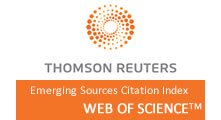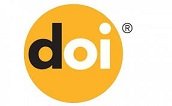The Effectiveness of Blended Learning Model on Rhythmic Activity Courses Based on Complementary Work Patterns
Abstract
This study aims to identify and analyze problems lecturers and students face in developing the Blended Learning model based on Complementary Work Patterns in the rhythmic activity course for PJKR students in the 2021/2022 academic year. This study uses research from Borg and Gall through 10 stages, including: (1) Preliminary Study, (2) Research planning, (3) Initial product development, (4) Initial (limited) field trial, (5) Revision of field test results limited, (6) More comprehensive field test, (7) Revised field test results, (8) Feasibility test, (9) Revision of feasibility test results, (10) Dissemination and socialization of the final product. The population of this research is the students of the Physical Education, Health and Recreation Study Program who are taking rhythmic activity gymnastics courses in the 2021/2022 academic year totaling 115 people. The research instruments used were questionnaires, expert observations, interviews, documentation, and observation sheets. The approach used in this research is a qualitative approach used to complete the first objective, while a quantitative approach is used to reveal the second objective with a before-after experimental research design.
Keywords
Full Text:
PDFReferences
Faridah, E., Kasih, I., Nugroho, S., & Aji, T. (2022). The effectiveness of blended learning model on rhythmic activity courses based on complementary work patterns. International Journal of Education in Mathematics, Science, and Technology (IJEMST), 10(4), 918-934. https://doi.org/10.46328/ijemst.2618
DOI: https://doi.org/10.46328/ijemst.2618
Refbacks
- There are currently no refbacks.
Copyright (c) 2022 International Journal of Education in Mathematics, Science and Technology








This work is licensed under a Creative Commons Attribution-NonCommercial-ShareAlike 4.0 International License.
ISSN: 2147-611X (Online)
